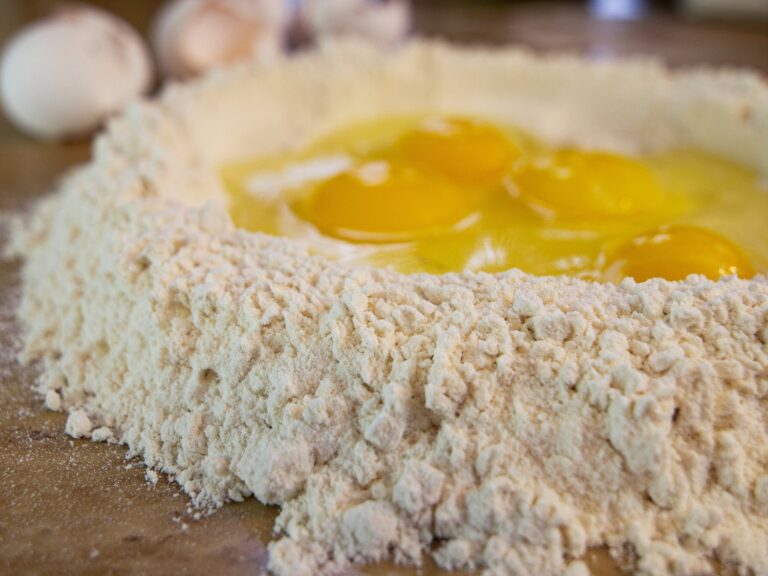How is Sourdough different?
Sourdough is a type of bread made through a natural fermentation process using wild yeast and lactobacilli bacteria present in a sourdough starter. A sourdough starter is a mixture of flour and water that captures and cultivates wild yeast and bacteria from the environment.
The process begins by mixing flour and water to create a dough, which is then allowed to ferment for a period of time, typically several hours to several days. During fermentation, the wild yeast and bacteria in the starter feed on the carbohydrates in the flour, producing carbon dioxide gas and organic acids. This process gives sourdough its characteristic tangy flavor and creates air pockets in the dough, resulting in a light and airy texture.
Sourdough bread can be made using various types of flour, such as wheat, rye, or a combination of different flours, and it can be shaped into different forms, including loaves, boules, or baguettes. It’s prized for its complex flavor, chewy texture, and longer shelf life compared to bread made with commercial yeast.
Sourdough has gained popularity not only for its delicious taste but also for its potential health benefits. Some people find that sourdough is easier to digest than bread made with commercial yeast, and its slower fermentation process may help break down gluten and other components of the grain, making it more tolerable for individuals with gluten sensitivities.
Lastly what is Buckwheat Flour?
Buckwheat flour is a type of flour made from ground buckwheat groats, which are the seeds of the buckwheat plant. Despite its name, buckwheat is not related to wheat and is gluten-free, making buckwheat flour a popular choice for those with gluten sensitivities or celiac disease.
Buckwheat flour has a distinct nutty flavor and a slightly gritty texture. It’s commonly used in a variety of dishes, including pancakes, crepes, noodles, and baked goods. Additionally, it’s rich in nutrients like fiber, protein, and various vitamins and minerals, making it a nutritious choice for many recipes.
In Italy they use this to make certain dishes such as Pizzoccheri, which has short buckwheat pasta ribbons. Pizzoccheri is a traditional Italian dish originating from the Valtellina valley in the Lombardy region of northern Italy. It is a type of pasta dish made with Pizzoccheri buckwheat pasta, combined with potatoes, savoy cabbage or Swiss chard, and cheese, typically a local cheese like Bitto or Fontina.



